Setting up an enterprise of her own was a dream for Sangita Pal, Founder of www.pulsatech.com, www.arteastic.in. Having spent more than 25 years in the IT industry, she has served in many leadership positions in leading IT firms like HCL Technologies, Tech Mahindra and Tata Infotech Ltd (TCS) across India, Europe, US, MEA & APAC regions. When she returned from South Africa to India, she got the chance to break out on her own. She chats with Madhura Chakrabarty to reveal her story….
- Tell us a little about your business venture, how long you are into this and what is your motivation behind the idea.
Starting something on my own and building an enterprise from scratch was always a dream. I wanted to set up a business where I could utilize my professional skills and at the same time fulfil my creative passion. However, the comfort of having a corporate job and the financial stability of drawing a salary at the end of every month made me defer my plan for several years.
A Computer Science Engineer by profession, with 25 years+ experience in the IT industry, I have served in senior positions in leading IT firms like HCL Technologies, Tech Mahindra and Tata Infotech Ltd (TCS) across India, Europe, US, MEA & APAC regions.
After a 3-year stint in South Africa, I relocated to India in 2014, and worked briefly for 1.5 years in Mumbai. Around this time, I took a sabbatical from work to complete an academic course I had enrolled for, while in South Africa. A break from a regular job gave me time to step back and really evaluate my options and my true passion. At the end of the course, I had made up my mind not to go back to a corporate job!
I worked hard to set up an e-commerce venture that showcases the art and craft from the eastern states of India namely Odisha, Bengal, Bihar and the North Eastern states. Since childhood I always had a special interest and liking for handicraft items. Also, an in-depth knowledge of the art and crafts, history, culture and heritage of this region encouraged me in this direction.
For three months I carried out extensive research in this field, understood the market (eg how handicraft clusters are organized district wise), understood the potential as well and challenges in this field and so on. The next 3 months I travelled extensively in the rural belts of these states, visited various regional fairs, visited tribal villages, self-help groups and had face to face interactions with the artisans. Many of them have learnt the craft from their elders in the family. Many of the villages are not well connected and the only mode of communication is the Indian Postal Service. Most of them communicate only in their mother tongue. Knowing the local language is crucial. (Since I am from the same region, communication was not a problem). Due to all these limitations, they do not have many sales channels through which they can showcase their talent. They are solely dependent on the local art retailers who in turn are dependent on the small number of tourists visiting these places. However, one thing common among all these people is the tremendous love for their art and the determination to keep the art alive.
It took me some time to set up the supply chain with a few self- help groups and individual artisans in these regions. After putting other elements like creative contents, E-commerce website etc., I launched the site – www.arteastic.in, in November 2017. So far, the response has been very positive and encouraging. However, there is a tremendous potential to reach out to a greater audience.
- What made you interested in the handicraft industry of the East?
I was always a great lover and a consummate user of all kinds of handicraft products since my childhood. During my college days in Kolkata, I would always visit various state emporia to buy clothes, jewellery and bags. At a later stage when I started wearing sarees, handloom sarees always attracted me more than synthetic ones. I loved their vibrant colours and ever-green style. I always wondered about the skill and dedication of the artisans who largely remain unknown to us. I also observed that some of the exquisite and rare art forms from these states are largely unknown to the rest of the country. Many craft forms like Palm-leaf paintings, Silver filigree etc are facing extinction due to lack of promotion.
- What are the challenges that you are facing being a woman entrepreneur?
There are many challenges to set up an enterprise from scratch. One cannot afford to know only the core business (like handicraft sector and e-commerce in my case). There are multiple aspects of a business starting from legal, finance, supply chain, marketing andso on. I had to have a fair grasp over all these aspects. While working in an organization, one has the support of an entire eco-system. But here, I had to be hands-on in everything.
However, I cannot categorise anything specific as a challenge for being a woman entrepreneur. In fact, setting up my own enterprise gave me greater flexibility and control over my time and decisions. Though I work seven days a week, I can decide when to schedule a field trip and who do I want to work with.
- How do you support other women entrepreneurs across the value chain of business? How have you impacted or inspired the careers of other women?
While setting up the business, I had to work with multiple freelancers and small/medium business owners. I was pleasantly surprised to meet so many other women entrepreneurs. Women are virtually in every field. It gave a great sense of satisfaction to see that women have come out of their comfort zones and are ready to take a path less travelled.
Almost 60-70 percent of the professionals I work with are women. There are accountants, content developers, Web developers, photographers and so on. Many of the artisans in the field are women – eg many of the embroidery artists in Shantiniketan, the Madhubani artists in Bihar, Pattachitrapainters from Odisha are women. Some other crafts like Dokra, Weaving etc. are run as family enterprises or self-help groups where women have a significant contribution.
- What would be the top 3 things to watch out for a woman who wants to start up on her own?
One should have real conviction. Do not take it up only as a hobby or passion. Take it up as a profession. I have come across women who get into something but lack accountability. If you decide to set up something, please do it with all seriousness and be accountable. Do not look at it as something that only keeps you engaged or fulfils your passion.
I personally put a lot of importance in remaining connected with the customers. Keeping in touch with my customers, sending them regular updates and seeking feedback for improvement are key to my business.
Never compromise on the quality and authenticity of your products. Never take short-cuts for success. Always deliver what you have promised, consistently.
- How has the support of friends and family played a role in your being a successful entrepreneur?
Right from beginning both my daughters were excited and encouraging about my venture. They were always confident that my company would do well. My younger daughter (who is 14) was the first one to inform all her friends to follow my brand on Instagram when it was launched. My husband is more than happy to accompany me in most of my field trips to exotic rural locations in India. Coming from an FMCG background, he was also involved in the creative aspects of the brand. My extended family has also been greatly enthusiastic in providing me with information and tips regarding various products and artisans.
My friends in India and abroad have always shown great interest and enthusiasm in my venture. In fact, they were among my first customers and critics as well. They have also been my brand ambassadors in spreading information about and awareness of my brand.
- What are your plans for Arteastic in the future?
My venture is for showcasing authentic and high-qualityhandcrafted art forms. Some of these are dying gradually due to lack of knowledge, promotion and patronage. So, one of the main objectives is to preserve the art by promotion in digital media and help artisans by providing them a digital sales channel.
Through digital media and social media, I am also trying to reach a greater audience including overseas markets of art lovers. I also want art lovers and curious youngsters to visit my site and get knowledge and interesting facts about various forms of art and craft. I have created a blog for the same and intend to keep relevant and useful information in that. I also plan to collaborate with regional artists and publish interactions with them on a regular basis. The ultimate objective is to explore how technology can be used to help preserve and promote our outstanding heritage.
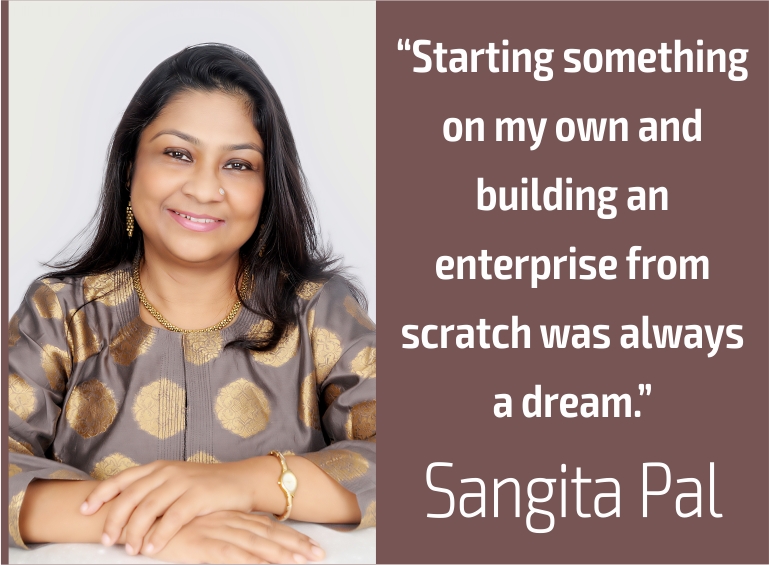

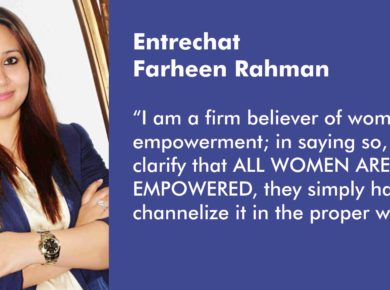

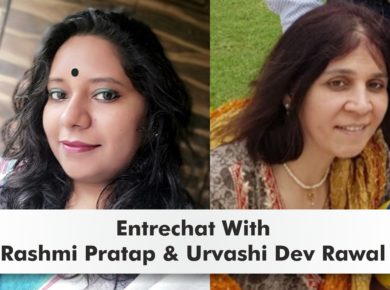
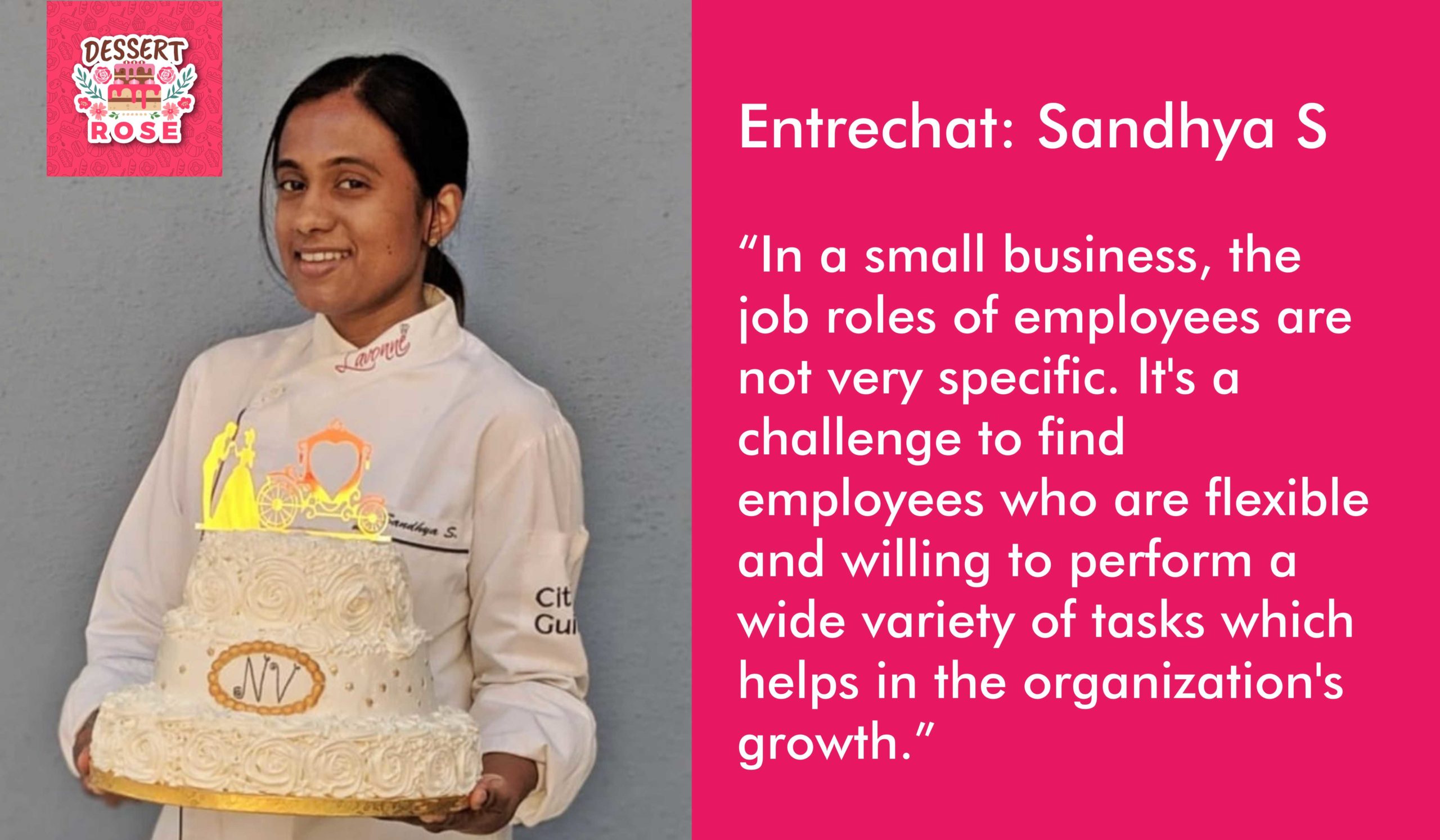

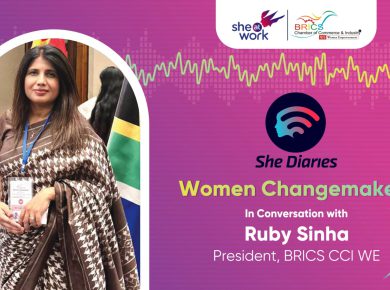



4 comments
Excellent enterprise with a laudable purpose! All the very best for continued success !
All the best to you, Sangita in your pursuit as an entrepreneur with a noble cause.
Hi, I do think this is a great website. I stumbledupon it 😉 I may come back once again since I book-marked it.
Money and freedom is the best way to change, may you be rich and continue to help other people. http://tkphotoollphy.bottompics.s14.deinprovider.de/test.php?a%5B%5D=%3Ca+href%3Dhttps%3A%2F%2F918.network%2Fdownloads%2F79-download-918kiss-download-918-kiss-download-scr888%3Escr888%3C%2Fa%3E
Hi, I do think this is a great website. I stumbledupon it
😉 I may come back once again since I book-marked it.
Money and freedom is the best way to change, may you be rich and continue to help other people. http://tkphotoollphy.bottompics.s14.deinprovider.de/test.php?a%5B%5D=%3Ca+href%3Dhttps%3A%2F%2F918.network%2Fdownloads%2F79-download-918kiss-download-918-kiss-download-scr888%3Escr888%3C%2Fa%3E